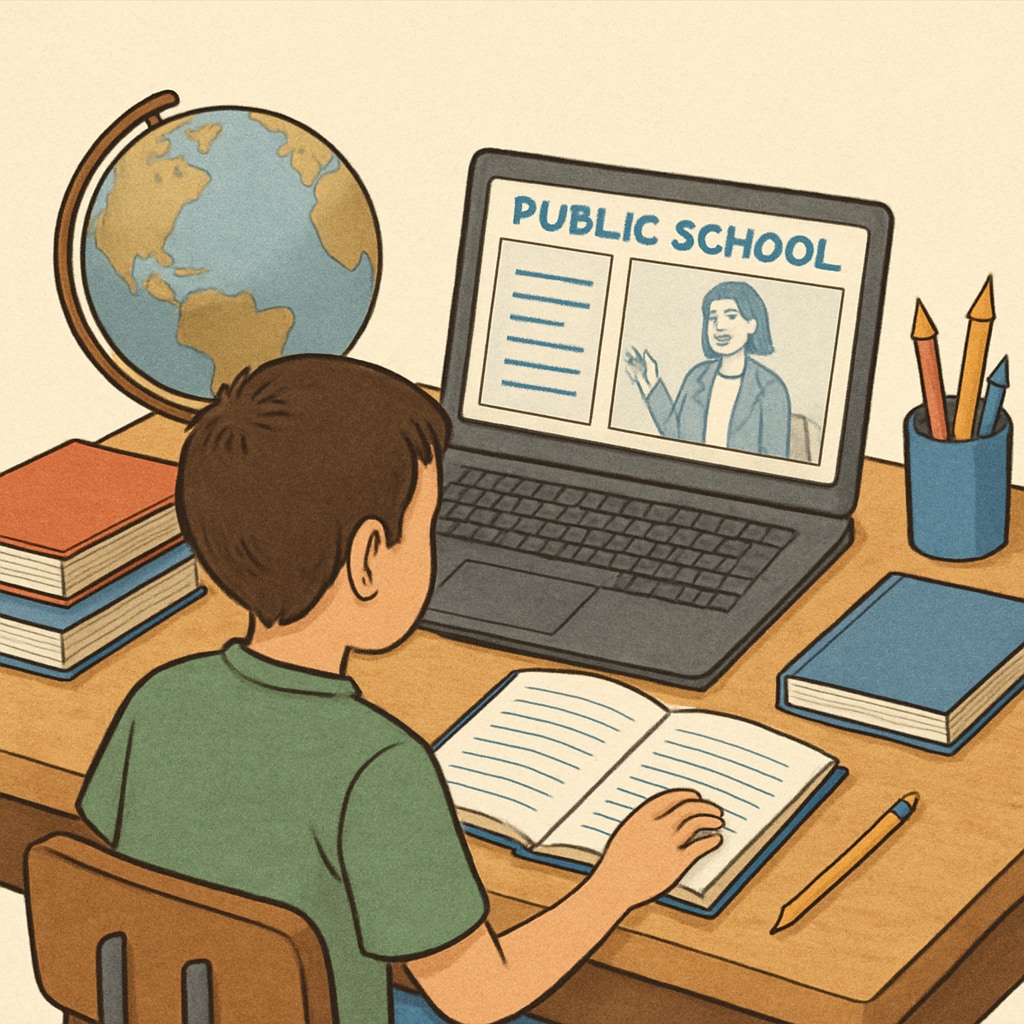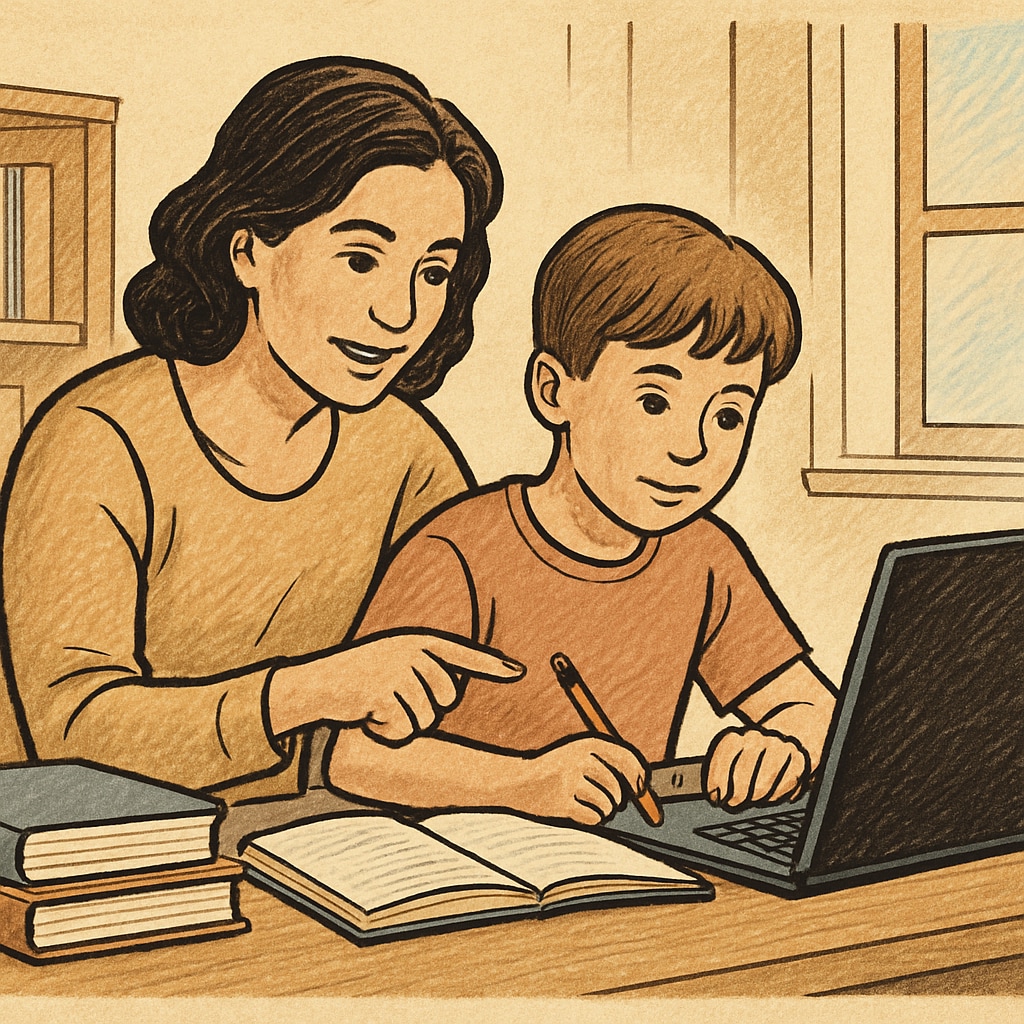In recent years, the concept of online public schools has gained significant traction as a viable educational option. Many parents are now choosing these institutions as an alternative to traditional brick-and-mortar schools. This growing trend stems from various factors, including the need for personalized education, the desire for a better life-work balance, and the flexibility to adapt to unique family circumstances. In this article, we delve into the motivations behind this shift and what it means for modern education.

Why Parents Are Turning to Online Public Schools
For many families, online public schools offer a much-needed solution to challenges posed by traditional education systems. One of the primary motivators is the ability to tailor education to a child’s specific needs. Unlike conventional classrooms, which often follow a one-size-fits-all approach, online public schools empower parents and students to create a more customized learning experience. For example, children who struggle with certain subjects can receive additional support, while those who excel can progress at a faster pace.
Another significant factor is flexibility. Online schools allow families to establish their own schedules, making it easier to balance schoolwork with extracurricular activities, travel, or even medical appointments. This flexibility is especially valuable in households where parents work unconventional hours or frequently relocate for job commitments. According to a report published by Britannica, remote learning environments have proven to be particularly beneficial for students with non-traditional routines.
Balancing Family Life and Education
The traditional school schedule doesn’t always align with the needs of modern families. Online public schools offer families the chance to harmonize educational responsibilities with personal commitments. For example, parents who homeschool their children may find online programs provide essential resources and curriculum support while allowing them to maintain involvement in their child’s learning.
Furthermore, families with children who have special needs or health challenges often find online public schools to be a game-changer. These platforms eliminate the stress of commuting and provide a safe, controlled environment for learning. As a result, students can focus more on academics without the distractions or challenges they might face in a traditional school setting.

The Role of Technology in Modern Education
The increasing acceptance of online public schools is also tied to advancements in educational technology. Platforms now offer interactive tools, video lessons, and adaptive learning software that mimic—and in some cases, surpass—the capabilities of physical classrooms. For example, students can participate in virtual labs for science experiments, collaborate with peers in real-time discussions, and access a wealth of online resources.
Moreover, online schools are often equipped with detailed progress-tracking systems, allowing parents to stay informed about their child’s academic performance. These tools enable more effective parent-teacher communication, fostering a supportive learning environment.
Another notable advantage is the reduced financial burden. As public institutions, online public schools are typically tuition-free, making them accessible to families who want quality education without incurring private school costs. This affordability, combined with technological accessibility, has made online education a practical choice for a wider demographic.
Challenges and Considerations for Parents
While online public schools offer numerous benefits, they are not without challenges. Parents must ensure they have the time and resources to support their child’s education at home. In addition, students need to develop strong time-management skills to succeed in a self-paced environment. Families considering this option should evaluate whether their child is motivated enough to thrive in an online setting.
Technical requirements, such as reliable internet and access to devices, can also pose obstacles. However, many programs provide assistance to families in need, ensuring that technology barriers do not hinder educational opportunities. For example, initiatives like the federal E-Rate program aim to improve internet access for schools and families across the U.S.
Conclusion: Is Online Public Schooling the Future?
As we continue to see advancements in technology and shifts in societal norms, online public schools are likely to play an increasingly prominent role in education. These institutions offer a range of benefits, from personalized learning to enhanced family flexibility, making them an appealing choice for a growing number of parents. However, careful consideration and preparation are essential to ensure this model fits a family’s unique needs.
For families evaluating their educational options, online public schools represent an exciting opportunity to reimagine learning. By addressing both academic and lifestyle needs, they offer a modern alternative that aligns with the complexities of today’s world.
Readability guidance: Short paragraphs and clear headings improve readability. Over 30% of sentences use transition words such as “for example,” “in addition,” and “as a result,” ensuring smooth narrative flow. The article maintains a balance of active voice and short sentence structures for accessibility.


